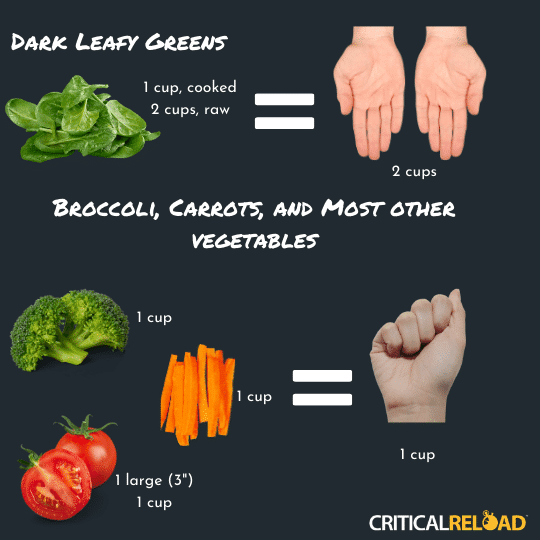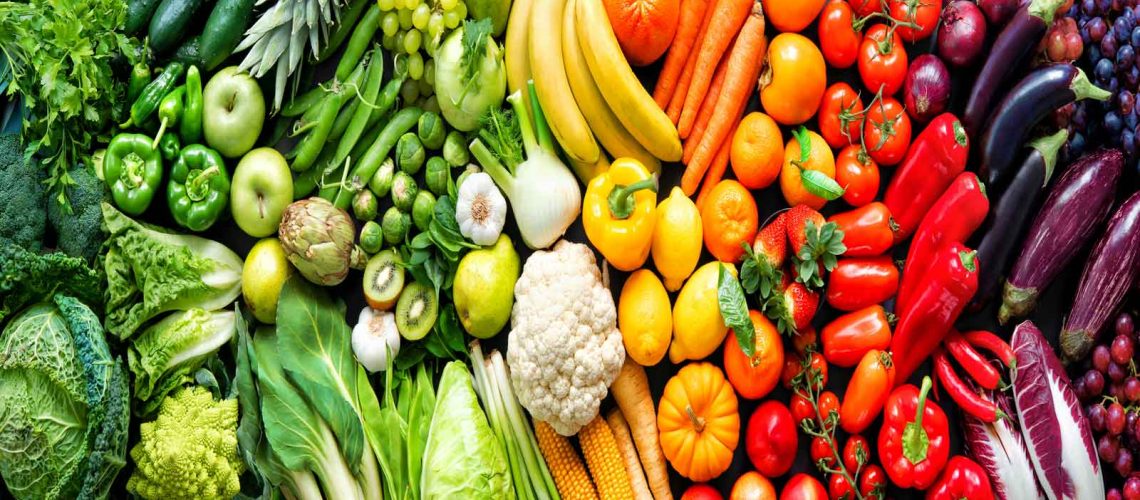You would have to agree that eating vegetables and fruits are a crucial part of health and longevity.
It’s hard to achieve repeated high levels of performance if we don’t have that foundation of health and resiliency. Vegetables, fruits, whole grains, and specific proteins such as salmon provide benefits beyond carbohydrates, proteins, and healthy fats. The array of micronutrients, phytochemicals, and zoochemicals can support performance, reduce your risk of injury, and promote recovery and resiliency.
Micros Drive Macros
These micronutrients, vitamins and minerals, play various roles within our body. Think of them as the script, production, and directors in a movie. These nutrients may not provide “fuel” or be the main stars, but they give the direction and spark for an award-winning feature.
Nutrient-dense foods provide the necessary micronutrients that play a role in almost every function of the body, such as:
- hydration,
- serve as cofactors for the breakdown of macronutrients into energy,
- bone metabolism and health,
- blood clotting,
- immune function,
- blood pressure regulation,
- muscle and nervous system function,
- cardiovascular function,
- and I could keep going all day long here.
No matter how many great benefits I list here, you or your young athletes may still hesitate to add any color beyond brown and white to that plate. When it comes to vegetables, whether it is a bad experience, feeling a bit lost in the kitchen, and/or your individual preferences, many of us fall short of achieving the daily recommended intake. According to the U.S. Depart of Agriculture’s (USDA) recommendations, boys and girls ages 9-18 should eat between 2-4 cups, and adults should aim for 5 cups per day.
What counts as 1 cup of vegetables?

Vegetables often get a bad rap as past experiences fall short of exciting and enjoyable due to taste, texture, smell, or appearance. As we, humans, grow and mature, so do our palates, and the reintroduction of once cringe-worthy foods is essential as vegetable dissatisfaction improves with exposure. It may take up to four times to begin liking something you previously had written off on your “no chance” list.
Here are three ways that our athletes have increased their vegetable intake:
Blend It. Hands down the most successful strategy I have used with our athletes to help them hit their daily needs. Use their favorite smoothie as a base and add a handful of spinach or kale for an easy booster. Other veggies that have worked well include cucumber, beets, canned pumpkin, and carrot.

Make it easy. One of the most significant barriers to getting enough vegetables in is time. If you have the financial means to purchase food kits where entire meals can either come fully prepared or you can prepare these meals from scratch at home. Our favorites for convenience are microwavable vegetables and pre-cut vegetables you can find at most grocery stores.
Other meals you can add vegetables into are: Eggs, Soups and chilis, Lasagna, Pancakes, Muffins, Guacamole, Salsa, and Your burger (trust me – mushroom burger with 90/10 lean ground beef is a game changer).
Make it taste good. Learning how to cook and prepare vegetables and meals at home has been a considerable barrier for many of our athletes and especially if they don’t taste great. From frozen vegetables prepared in the microwave to cauliflower macaroni and cheese – building up your skills not only on the field but in the kitchen is an essential for long-term success. Steaming, sautéing, roasting, and grilling vegetables can all bring out different flavors from the same vegetable – try them all!
During spring training, we started a series of cooking classes that incorporate at least three different colored vegetables into every dish. The most popular are adding vegetables such as zucchini noodles or sautéed spinach into their pasta or making “Powerhouse Pizzas” by adding sliced bell peppers, mushrooms, spinach, and tomatoes.

What about juices? Check us out later this week on where juices fit into the equation.
Training demands and competition schedules are demanding. Lacking the necessary nutrition to support these demands can lead to poor performance and missed opportunities if sidelined due to injury or illness. For you or your young athlete, good nutrition provides the energy and micronutrients essential in meeting both the demands from training and competition as well as for proper growth and development.
missed opportunities if sidelined due to injury or illness. For you or your young athlete, good nutrition provides the energy and micronutrients essential in meeting both the demands from training and competition as well as for proper growth and development.
